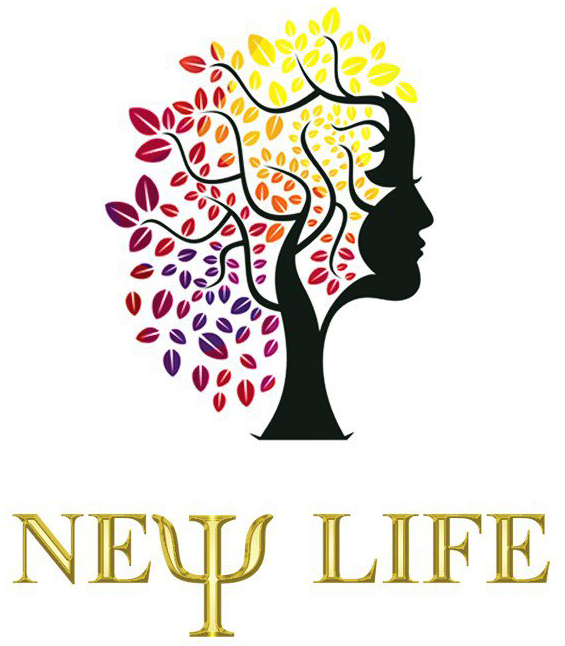In an increasingly complex world, our ability to recognize patterns swiftly and accurately is vital for making effective decisions. Visual cues—subtle or prominent signals embedded within our environment—serve as powerful tools that guide our cognition, reduce mental effort, and enhance our decision-making processes. This article explores the science behind visual cues, their practical applications across various domains, and how they can be harnessed to unlock human potential.
Table of Contents
- 1. Introduction to Visual Cues and Decision-Making
- 2. The Cognitive Foundations of Pattern Recognition
- 3. Visual Cues as Decision Aids: Mechanisms and Benefits
- 4. Modern Applications of Visual Cues in Interactive Environments
- 5. Case Study: «Le Pharaoh» – A Model of Visual Cue Integration
- 6. Beyond Gaming: Broader Implications of Visual Cues in Decision-Making
- 7. The Science of Pattern Detection: From Neuroscience to Practical Design
- 8. Challenges and Limitations of Visual Cues in Enhancing Decision-Making
- 9. Designing Effective Visual Cues: Principles and Best Practices
- 10. Conclusion: Unlocking Human Potential Through Better Pattern Recognition
1. Introduction to Visual Cues and Decision-Making
a. Defining visual cues and their role in cognitive processes
Visual cues are signals or markers within our environment that highlight relevant information or guide our attention. They include highlights, symbols, colors, and spatial arrangements that help us interpret complex scenes quickly. Cognitive processes such as perception, attention, and pattern recognition rely heavily on these cues to streamline decision-making, especially when faced with large amounts of data or rapid changes.
b. Overview of decision-making enhancement through visual stimuli
Research shows that visual stimuli can significantly improve decision accuracy and speed. By providing clear and salient cues, our brain can filter relevant from irrelevant information, reducing mental effort. For example, in medical diagnostics, visual patterns like color-coded imaging assist doctors in identifying anomalies swiftly, thereby facilitating faster and more accurate decisions.
c. Relevance in various contexts: gaming, education, real-life scenarios
From video games to classrooms and high-stakes environments like air traffic control, visual cues are integral. They enhance user experience, promote learning, and support critical decision-making. For instance, in educational software, visual hints help learners grasp complex concepts, while in gaming, cues guide players towards objectives or warn of dangers, exemplifying their broad utility.
2. The Cognitive Foundations of Pattern Recognition
a. How humans detect and interpret patterns in complex environments
Humans excel at recognizing patterns through neural mechanisms that parse sensory input into meaningful structures. This process involves areas such as the visual cortex and the prefrontal cortex, which work together to identify recurring motifs, sequences, or arrangements. For example, a seasoned chess player quickly detects strategic patterns on the board, enabling rapid decision-making.
b. The connection between pattern recognition and informed decision-making
Effective pattern recognition underpins informed decisions. When our brain detects familiar cues, it activates relevant knowledge and predicts outcomes, reducing uncertainty. This is evident in medical imaging, where radiologists recognize specific visual cues indicative of pathology, leading to accurate diagnoses.
c. Examples of natural versus artificial pattern cues
Natural cues include environmental markers like animal tracks or weather patterns, which aid survival decisions. Artificial cues are intentionally designed signals, such as warning lights or icons in software interfaces, that facilitate navigation and task completion. Both types leverage our innate or learned ability to interpret visual patterns for effective action.
3. Visual Cues as Decision Aids: Mechanisms and Benefits
a. Types of visual cues: highlights, symbols, arrangements
Visual cues manifest as highlights (e.g., flashing indicators), symbols (e.g., icons), and spatial arrangements (e.g., grouping related items). For example, in a user interface, color-coding menus or placing critical buttons centrally helps users quickly locate key functions. These cues make complex information accessible and actionable.
b. How visual cues reduce cognitive load and improve accuracy
By signaling relevant information, visual cues lessen the need for exhaustive analysis, thereby decreasing cognitive load. This allows decision-makers to focus on higher-level judgments rather than data sorting. Studies in cognitive psychology demonstrate that well-designed cues can increase decision accuracy by up to 30%, especially under time constraints.
c. Case studies: success stories in gaming and educational tools
In gaming, visual cues such as glowing objects or directional arrows help players identify objectives, enhancing engagement and performance. Educational tools employ visual hints—like color-coded graphs—to clarify complex data, improving retention. A notable example is the use of visual pattern cues in language learning apps, which accelerate vocabulary acquisition by highlighting common structures.
4. Modern Applications of Visual Cues in Interactive Environments
a. Video games: Enhancing user experience and accessibility
Video games leverage visual cues to guide players, signal danger, or indicate rewards. For instance, in puzzle games, highlighted objects or paths help players recognize solutions without frustration. Accessibility features include color-blind modes that modify cues for clarity, ensuring inclusive play experiences. Modern titles increasingly incorporate adaptive visual cues based on player performance, exemplifying personalized assistance.
b. Educational software: Facilitating learning through visual guidance
Educational platforms utilize visual cues like arrows, color distinctions, and animations to emphasize key concepts. For example, in mathematics software, visual patterns highlight problem-solving steps, fostering intuitive understanding. Such cues align with cognitive load theory, which posits that reducing extraneous information enhances learning efficiency.
c. Accessibility adaptations: Audio cues complementing visual signals
To support users with visual impairments, combining visual cues with audio signals creates multisensory environments. For example, tactile feedback and sound alerts in navigation aids help visually impaired individuals recognize patterns and make decisions confidently. This multimodal approach exemplifies inclusive design principles, broadening access to information and functionality.
5. Case Study: «Le Pharaoh» – A Model of Visual Cue Integration
a. Description of the game’s design features for visual cues
«Le Pharaoh» exemplifies effective integration of visual cues through highlights like shimmering artifacts, directional arrows, and color-coded symbols. These cues help players identify important objects and navigate complex environments, streamlining gameplay and decision-making. The design emphasizes clarity, consistency, and intuitive placement, aligning with best practices in cue design.
b. How audio cues support visually impaired players and reinforce pattern recognition
The game incorporates audio cues such as tonal signals and spoken hints that synchronize with visual cues. This dual-sensory approach ensures visually impaired players can recognize patterns like the location of treasures or hazards, demonstrating how multisensory cues reinforce pattern recognition and decision accuracy. Such inclusive features draw on research indicating that combined sensory signals enhance neural processing of patterns.
c. The role of game mechanics, such as gold clovers, in illustrating cue effectiveness
Game mechanics like collecting gold clovers serve as visual anchors, reinforcing reward patterns and guiding players toward optimal strategies. These cues exemplify how consistent, meaningful visual signals can shape behavior and decision pathways, fostering learning and mastery within a game environment. The success of «Le Pharaoh» demonstrates the power of well-designed cues in complex decision-making scenarios.
6. Beyond Gaming: Broader Implications of Visual Cues in Decision-Making
a. Use in high-stakes environments: medical diagnosis, air traffic control
In critical fields, visual cues like color-coded alerts, overlay graphics, and pattern highlighting are vital. For instance, in radiology, visual patterns help identify tumors; in air traffic control, symbols and spatial arrangements prevent collisions. These cues support rapid, accurate decisions where errors can have severe consequences.
b. Designing effective visual cues for diverse populations
Cultural differences influence cue perception—colors or symbols may carry varied meanings. Effective design involves testing across demographics, ensuring cues are universally interpretable or customizable. For example, color schemes should consider color-blindness and cultural symbolism to avoid misinterpretation.
c. Ethical considerations: avoiding cue overload and misinterpretation
While visual cues are beneficial, excessive or poorly designed signals can cause overload or confusion. Ethical design mandates clarity, moderation, and transparency about cues’ purpose. Overloading interfaces with cues may lead to decision paralysis, highlighting the importance of balanced, user-centered design.
7. The Science of Pattern Detection: From Neuroscience to Practical Design
a. Brain mechanisms involved in recognizing and acting on visual patterns
Neuroscientific studies reveal that areas like the visual cortex and basal ganglia are critical in pattern recognition and decision execution. Neural pathways facilitate the detection of regularities, enabling rapid responses. Functional MRI scans show increased activity in these regions when individuals interpret visual cues efficiently.
b. How understanding neural pathways informs better cue design
Insights into neural processing guide the creation of cues that align with natural perceptual and cognitive pathways. For example, using high-contrast, simple shapes leverages the brain’s preference for quick detection, reducing reaction times and errors. Adaptive cues that respond to user behavior are an emerging frontier, informed by neural feedback mechanisms.
c. Future research directions: adaptive cues based on user behavior
Emerging research explores real-time adaptive cues that modify based on user responses, optimizing decision support. Machine learning algorithms can personalize visual signals, making systems more intuitive and effective. This approach promises to revolutionize how we design interfaces and environments for diverse users.



